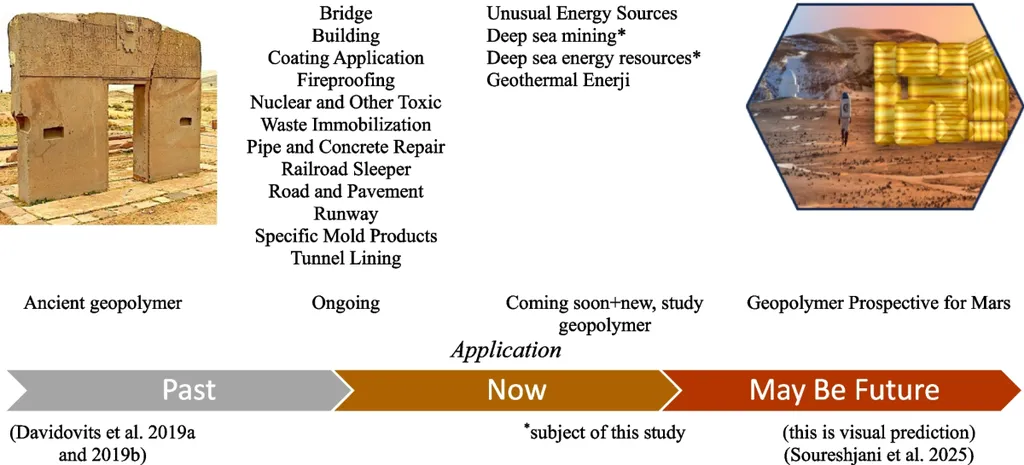In a groundbreaking study published in *Case Studies in Construction Materials* (translated as *Case Studies in Building Materials*), researchers have unveiled a promising framework for sustainable coastal construction using seawater and marine sand in geopolymer concrete (GPC). This innovation addresses critical global challenges, including freshwater scarcity and the depletion of river sand, offering a low-carbon alternative to traditional Portland cement.
Led by Phu Dao Van from the University of Agriculture and Forestry at Hue University in Vietnam, the research explores the mechanical properties and durability of GPC when activated with seawater and marine sand. The study introduces three key indices: the amorphous gel fraction (λ), the stability-to-interference ratio (γ), and the Gel Stability Index (GSI). These indices provide a comprehensive understanding of the balance between gel continuity and crystalline disruption in the concrete mix.
“By linking ion chemistry, gel evolution, and structural performance, we propose a microstructural design framework for seawater–marine sand GPC,” Van explained. “This work points to durable, low-carbon concretes well suited for coastal infrastructure.”
The research found that a 35% replacement of freshwater with seawater and marine sand retained a stable hybrid network of N-A-S-H (sodium-alumino-silicate-hydrate) and C-(A)-S-H (calcium-(alumino)-silicate-hydrate), leading to stable strength gains. Surprisingly, complete seawater use resulted in the highest compressive strength due to Na⁺-induced gelation and delayed zeolitic/C–S–H reinforcement. However, a 70% replacement led to oversaturation, early brucite–halite precipitation, and premature strength loss. The freshwater control showed only modest gains, consistent with limited ionic activation.
The Gel Stability Index (GSI) emerged as a critical descriptor, tracking both compressive and flexural strength, and indicating its potential as a composite indicator of gel integrity and long-term stability. This index could revolutionize the way we predict durability-relevant behaviors, including chloride ingress, sulphate/magnesium attack, and sorptivity.
For the energy sector, this research holds significant commercial implications. Coastal infrastructure, including offshore wind farms, desalination plants, and coastal protection structures, could benefit from the use of seawater and marine sand in GPC. The low-carbon nature of GPC aligns with the energy sector’s increasing focus on sustainability and reducing carbon footprints.
As the world grapples with the impacts of climate change and resource depletion, innovations like this are crucial. The study’s findings pave the way for future developments in the field, offering a sustainable and durable solution for coastal construction. The predictive role of the Gel Stability Index, however, awaits systematic validation in future durability studies, highlighting the need for continued research and development.
In conclusion, this research not only addresses pressing global challenges but also opens up new possibilities for the energy sector. By leveraging the power of ion-guided gelation and the Gel Stability Index, we can build a more sustainable and resilient future for coastal infrastructure.

